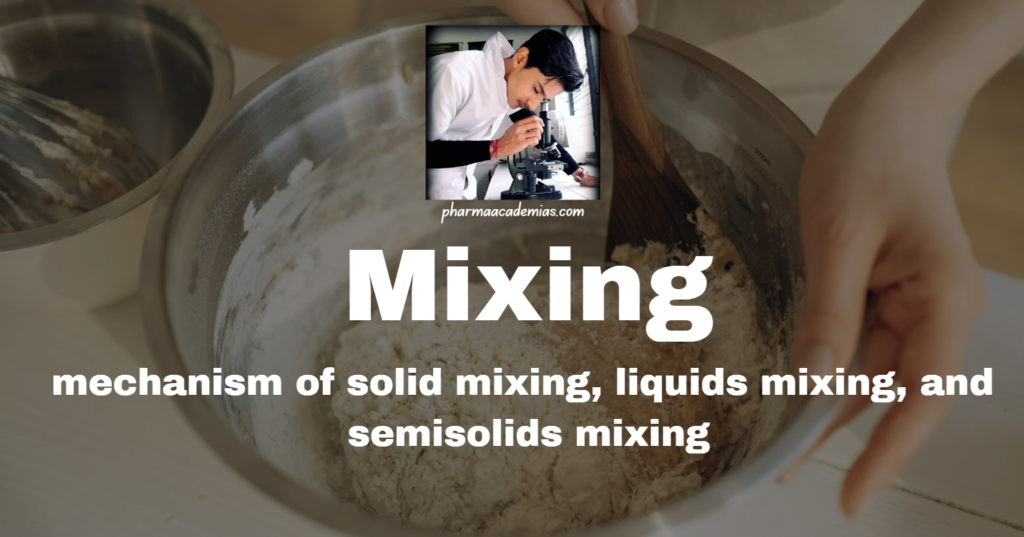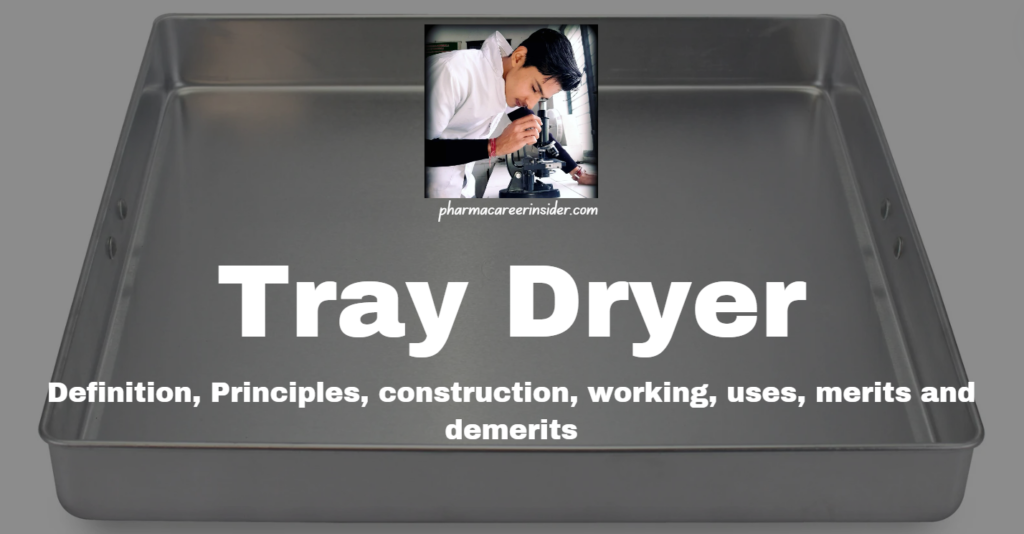A twin shell blender, also known as a double cone blender, is a type of industrial blender used for the mixing and blending of dry powders and granules. It consists of two cone-shaped shells or chambers that are joined at their narrow ends. The blending action occurs as the cones rotate on their axes, causing […]
Category: Pharmaceutical Engineering
A double cone blender is a type of powder blending equipment used in various industries, particularly in pharmaceutical, food, and chemical processing. It is designed to efficiently mix dry powders and granules to achieve a homogeneous blend. The blender consists of two conical-shaped vessels connected at their bases, forming a symmetrical “double cone” structure. Principles […]
Mechanism of Solid Mixing Solid mixing involves blending dry or particulate materials to achieve a uniform distribution of solid particles. The mechanisms of solid mixing include: 1. Tumbling and Rotation: – In drum tumbling mixers or rotating vessels, solid particles undergo continuous rotation, promoting the intermingling of particles. – Tumbling creates a cascading […]
1. Nature of the Materials: – Solid Mixing: Involves blending dry or particulate materials. It is often about achieving a uniform distribution of solid particles or powders. – Liquid Mixing: Involves combining liquid substances to achieve homogeneity. This can include mixing liquids with other liquids or dissolving solids in liquids. 2. State of […]
Mixing is a process that involves combining different substances to achieve a uniform distribution of their components. This process is crucial in various industries, including chemical engineering, food processing, pharmaceuticals, etc. Mixing aims to create a homogeneous mixture, ensuring that all components are evenly dispersed throughout the final product. Objectives of Mixing 1. Homogeneity: The […]
Freeze Dryer (Lyophilizer): Definition, Principles, Construction, Working, Uses, Merits and Demerits
Definition A freeze dryer, also known as a lyophilizer, is a specialized piece of equipment used in the pharmaceutical, biotechnology, and food industries for drying sensitive materials, particularly those that are heat-sensitive. Unlike conventional drying methods, freeze drying involves freezing the material and then removing the ice by sublimation, a process where ice transitions directly […]
Definition A vacuum dryer is an industrial drying equipment designed to remove moisture or solvents from materials under reduced pressure. By creating a vacuum within the drying chamber, the boiling point of the liquid in the material is lowered, facilitating faster and gentler drying. Principles of Vacuum Dryer The vacuum dryer operates on the principle […]
Fluidized Bed Dryer: Definition, Principles, Construction, Working, Uses, Merits and Demerits
Definition A fluidized bed dryer is a type of industrial dryer that uses a fluidized bed to suspend and dry particles. In a fluidized bed, a gas (usually air) is passed through a solid particulate material, causing the particles to behave like a fluid. This dynamic state enhances heat and mass transfer, making it an […]
Principles of Spray Dryer A spray dryer is a device that utilizes the principle of atomization to convert a liquid or slurry into fine droplets and then dries these droplets rapidly by exposing them to a hot gas. The liquid feed is sprayed into a drying chamber, where it comes into contact with a stream […]
Definition A tray dryer is a widely used industrial drying equipment designed for drying various materials in batches. It typically consists of trays stacked on top of each other within a chamber, where heated air circulates to facilitate the drying process. The trays, often made of stainless steel, hold the material in thin layers, ensuring […]










